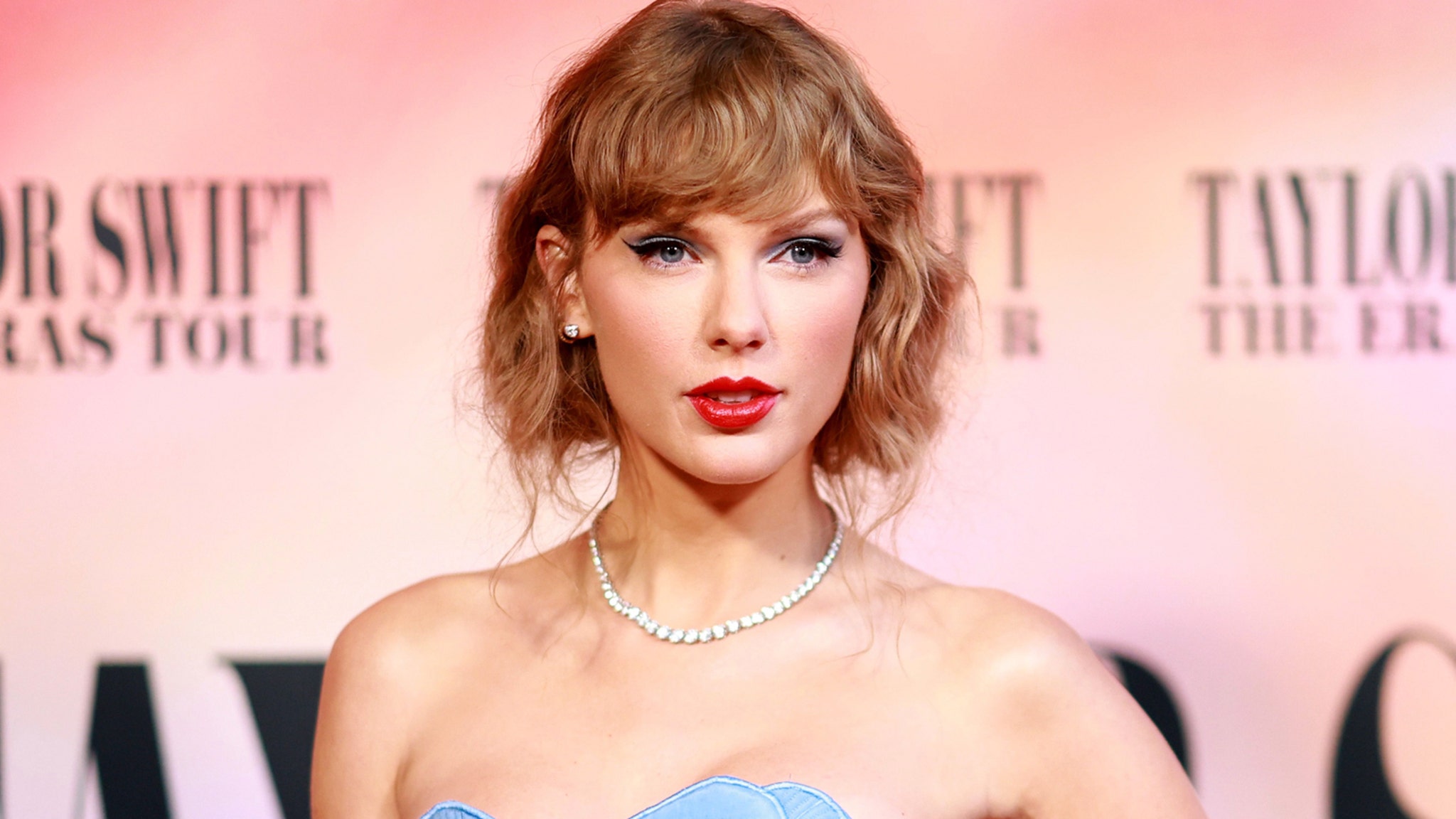New York
—
When Taylor Swift’s releases her new album, “Life of a Showgirl,” in October, it can be heard on the usual places, including streaming, vinyl and…cassette tape?
The cassette tape was once one of the most common ways to listen to music, overtaking vinyl in the 1980s before being surpassed by CDs. But the physical audio format has become an artifact of a bygone era, giving way to the convenience of streaming.
Or, that’s what many thought.
In 2023, 436,400 cassettes were sold in the United States, according to the most recent data available from Luminate, an entertainment data firm. Although that’s a far cry from the 440 million cassettes sold in the 1980s, it’s a sharp increase from the 80,720 cassettes sold in 2015 and a notable revival for a format that had been all but written off.
Cassettes might not be experiencing the resurgence of vinyls or even CDs, but they are making a bit of a comeback, spurred by fans wanting an intimate experience with music and nostalgia, said Charlie Kaplan, owner of online store Tapehead City.

“People just like having something you can hold and keep, especially now when everything’s just a rented file on your phone,” Kaplan told CNN.
“Tapes provide a different type of listening experience — not perfect, but that’s part of it. Flip it over, look at the art and listen all the way through. You connect with the music with more of your senses,” he said.
Leading the trend are so-called “super fans,” who account for 18% of music listeners in the United States, according to a recent report from Luminate. “Super fans” engage with their favorite artist in at least five different ways, including streaming, attending a concert, and physically purchasing their music (like cassettes or CDs). Also, they spend $39 per month on those purchases, 105% more than the average fan.
These hyper-engaged fans are mostly Gen Z, with the top-selling cassette sales in 2025 coming from top 40 artists, like Chappell Roan, Sabrina Carpenter, and Charli XCX, Luminate’s data revealed. Gen Z is also the biggest demographic of US music listeners to buy cassettes, with 9% purchasing one in the past year.
Kori Fuerst, the owner of Retrospekt, an online store that revives retro technology, said that a “vast majority” of buyers for cassettes are millennials, Gen Z and Gen Y — all of whom “are looking for more opportunities to put their phone down and interact with music in a way that doesn’t require streaming.”
“With a cassette tape, it’s not easy to skip around between songs,” she told CNN. “You have to listen to the album all the way through, stopping to flip the tape halfway through. These tangible experiences are a nice reprieve from the perfect curation of a streamed playlist.”

But music fans are not ditching streaming. Rather, cassettes and other physical media are seen as complementary components.
“Fans are looking for a deeper connection to artists and their work, much like other forms of collectible artist merchandise,” said Matt Bass, vice president of data and research for the Recording Industry Association of America (RIAA).
RIAA stopped tracking cassette sales as a separate category in 2008, but Bass told CNN that sales of physical formats (including vinyls, CDs and cassettes) rose 5% to $2 billion in 2024.
Swift, meanwhile, isn’t breaking ground by releasing an album on cassette. In 2023, re-recorded versions of “1989 (Taylor’s Version)” sold 17,500 copies and “Speak Now (Taylor’s Version)” sold 11,500 copies, according to Billboard.
Kaplan said he’s not surprised that one of the biggest artists in the world would release a new album on cassette, adding that he’s seen this trend on the rise since opening his store about a decade ago.
Buyers are a mix, he said, from older people rebuying albums they had as kids to younger folks just getting started.
“Just like Taylor Swift, tons of new music is coming out on cassette too, not just reissues,” he said. “It’s not just nostalgia anymore, it’s its own little scene.”


